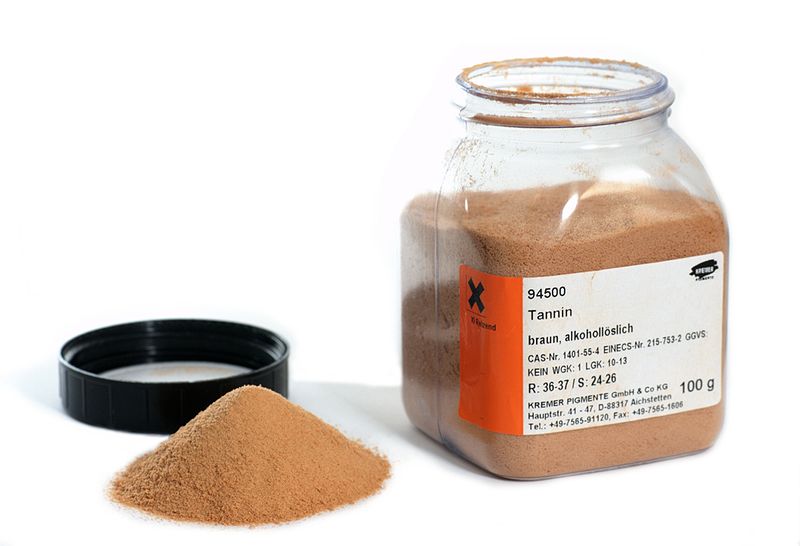Introduction:

In the art of textile dyeing, achieving vibrant and long-lasting colors on cellulose fibers can often be a challenging task. However, thanks to the remarkable properties of quebracho tannic acid, this obstacle can be easily overcome. In this blog post, we will explore the significance of quebracho tannic acid as a mordant for cellulose fibers, its diverse applications, and the key benefits it offers. Throughout the article, we will also emphasize the importance of selecting the right tannin type for optimal results. Let's dive in!
Understanding Tannic Acid and Its Role in Dyeing:
Tannic acid, also known as tannin, is a naturally occurring substance found in various plants. It has been widely used for centuries in textile dyeing due to its ability to assist mordants in bonding with cellulose fibers effectively. Unlike alum, which primarily bonds with protein fibers, tannic acid forms a strong bond with cellulose, resulting in enhanced color fixation.
Significance of Quebracho Tannic Acid:
Quebracho tannic acid, a blend of tannins predominantly derived from the quebracho tree, offers numerous advantages in textile dyeing. One of its notable features is the soft red-brown hue it imparts on fabric, giving a unique and aesthetically pleasing result. This makes it an ideal choice for achieving warm and earthy tones in various dyeing projects.
Different Types of Tannins:
When considering the use of tannic acid for dyeing, it is crucial to select the appropriate tannin type based on the desired color outcome. Clear tannins, such as gallic tannin from gallnut or tara, create a neutral base for dyes. Yellow tannins, like ellegic tannin found in myrobalan and pomegranate, add a subtle yellow tint to the fibers. Finally, red-brown tannins, including catechic tannin from cutch, quebracho, and tea leaves, produce warm and rich hues suitable for various dyeing projects.
Optimizing Dyeing Results with Quebracho Tannic Acid:
Quebracho tannic acid offers exceptional versatility and compatibility with a wide range of dyestuffs that naturally contain tannins. From black oak and pomegranate to cutch and fustic, these dyestuffs negate the need for additional tannin treatment. Incorporating quebracho tannic acid into such dyeing processes enhances color fastness and promotes excellent fiber adhesion.
Benefits of Quebracho Tannic Acid:
1. Improved dye fixation: Quebracho tannic acid enhances the ability of mordants to bond with cellulose fibers, leading to better colorfastness and longevity of shades.
2. Eco-friendly solution: As a naturally derived substance, quebracho tannic acid offers a sustainable alternative to synthetic mordants, reducing the environmental impact of textile dyeing processes.
3. Soft and rich color outcome: Quebracho tannic acid imparts a beautiful red-brown hue on cellulose fibers, adding warmth and depth to the finished fabric.
4. Compatibility with various fibers: Whether you are working with cotton, linen, hemp, or any other cellulose-based fiber, quebracho tannic acid ensures excellent adhesion and color intensity.
5. Dye versatility: Quebracho tannin seamlessly blends with a vast array of dyestuffs, expanding the creative possibilities for textile artists and designers.
Conclusion:
In summary, quebracho tannic acid offers valuable benefits in the dyeing of cellulose fibers. Its unique ability to bond with cellulose, along with the lovely red-brown shade it imparts, make it a sought-after choice for textile dyeing projects. By selecting the appropriate tannin type for specific dyeing aims, artisans can achieve remarkable color outcomes and enhance the longevity of their creations. So, embrace the versatility of quebracho tannic acid and unlock the true potential of your textile dyeing endeavors!
